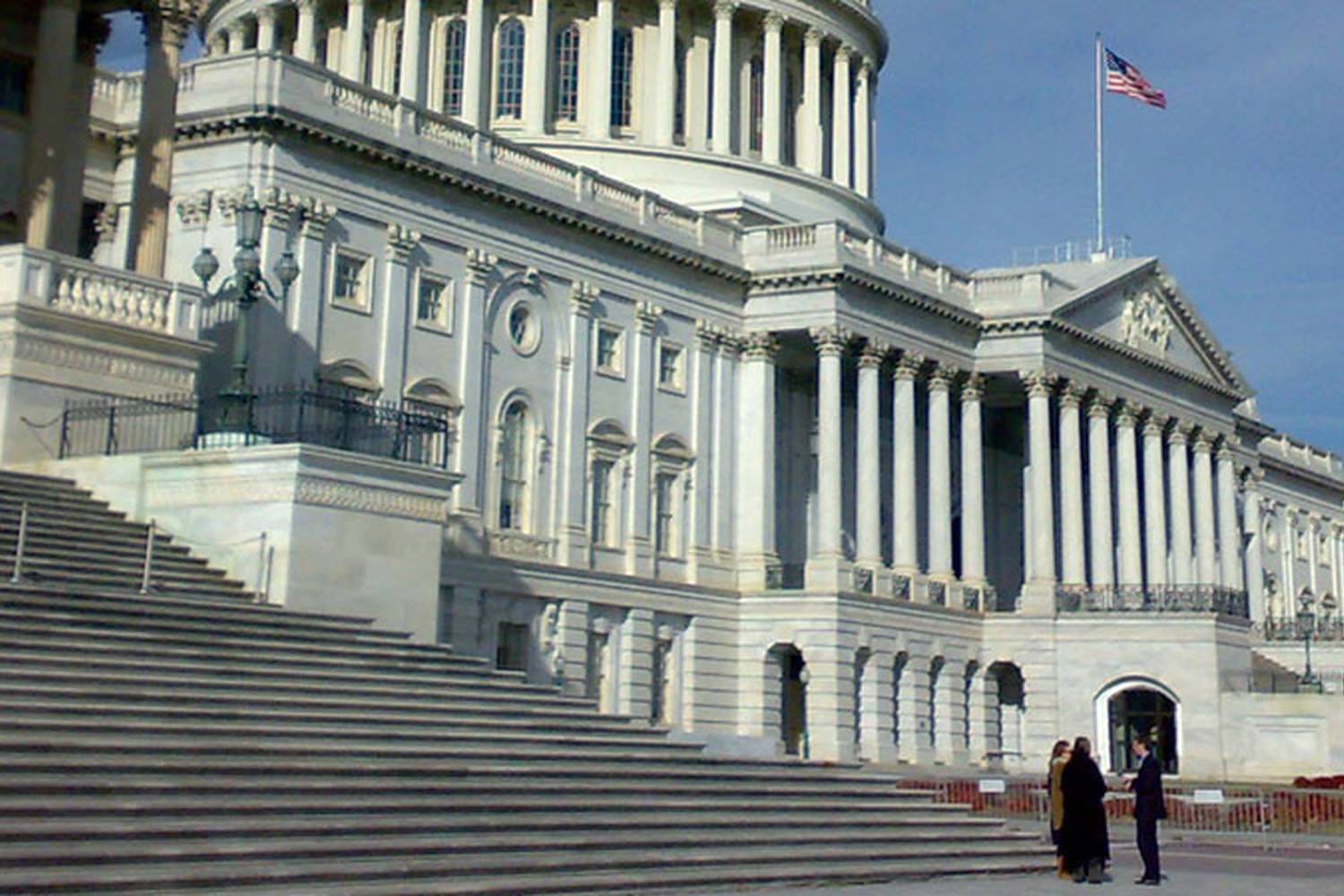Last year, the U. S. Securities and Exchange Commission (SEC) indicated that it would be looking for additional ways to support the work of Ethics and Compliance Officers. Their stance came in part as a result of the Johns case following which the SEC’s Associate Director of Enforcement Stephen L. Cohen stated that the Commission’s position on the case 'should send a clear message' that the SEC would 'not tolerate interference' with chief compliance officers endeavoring to do their jobs.
While encouraging, this latest position by the SEC is best viewed as part of a history of give and take between the Ethics and Compliance (E&C) community on the one hand, and government agencies on the other. At times, governments have taken steps to support our efforts, but just as often government action has undermined our work.
For example, initially the rules governing the SEC’s Whistleblower Program were hotly contested by several U.S. companies and organizations. They argued that whistleblowers should be required to first tell their companies about misconduct and give them a chance to correct problems before informing the SEC. Only after this push back did the Commission add new provisions that:
- Preserve a whistleblower’s ‘place in line’ for an award if the whistleblower reports internally and the SEC is subsequently informed about the violations within 120 days.
- The SEC will consider a whistleblower’s use of their company’s internal reporting systems as a factor that can increase the amount of an award.
- The SEC will credit whistleblowers whose companies pass their information to the Commission, even if the whistleblowers themselves do not.
While these changes were welcomed, the new rules did not fully meet the objections of critics since they do not require whistleblowers to try to report violations internally – or state why they couldn’t – in order to qualify for an award.
As another example of the give and take, for years the E&C community urged – without success – the Department of Justice to make information more readily available about its charging decisions, especially when it chose not to prosecute or to reduce charges based on the target organization having an effective program. These decisions often included findings that could be essential to convincing senior leadership of the value of the E&C function. Though some steps have been taken to improve access – for example, the announcement of the Ralph Lauren non-prosecution agreement for FCPA violations provided some of the needed context – the situation is still far from ideal.
Perhaps the best example of this give and take process was the launch of the U.S. Sentencing Guidelines for Organizations in 1991. It is well documented that the Guidelines were the primary catalyst for the growth of the current E&C era, including the overall design of most companies’ E&C programs. But unfortunately, the Guidelines also created the check-the-box approach that side tracked and marginalized business ethics for years. The revisions of the Guidelines in 2004 were, in part, an attempt to correct this mistake, but the damage was already done and the reframing of the E&C function is still underway a decade later.
In sum, while we welcome the SEC’s latest pledge to support our work, it’s best to remember the broader context and the ongoing give and take that has shaped so much of what we do. With this in mind, going forward, the E&C community needs to stay informed on government actions and their impact, and remain an active player letting its position be known to policy makers and regulators.






